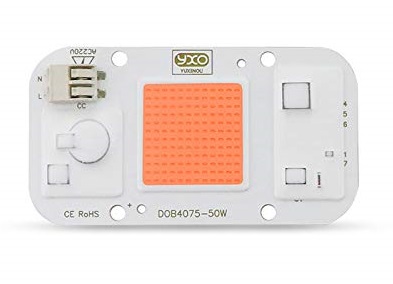In the case of a multi-wire branch circuits, Tesla did keep those two circuits together and installed them on a handle-tied breaker, which ensured that one was on the A-leg and one was on the B-leg (though they may have swapped the legs). But, other circuits were moved haphazardly from one panel to another without regard to whether they were on the A or B leg.
The very newest LED bulbs run directly on AC, without any kind of voltage step-down. Those bulbs are incredibly efficient. They generate almost no heat whatsoever, but they tend to be much more prone to flickering with voltage changes. I don't think it has to do with "cheap" versus "expensive," but rather efficient vs. inefficient.
An inefficient bulb will step down the voltage, generating heat in the process. 120 -> 118 is two volts difference at full voltage and results in a noticeable drop in light output when none of the energy is converted to heat. Stepped down to 12 volts, it's a decimal point (from 12.0 to 11.8 volts) and much of the difference is noticed in heat change, not light change. I admit that this is speculation. If anyone finds efficient, no-heat bulbs that don't flicker, I'd love to know about them.
The very newest LED bulbs run directly on AC, without any kind of voltage step-down. Those bulbs are incredibly efficient. They generate almost no heat whatsoever, but they tend to be much more prone to flickering with voltage changes. I don't think it has to do with "cheap" versus "expensive," but rather efficient vs. inefficient.
An inefficient bulb will step down the voltage, generating heat in the process. 120 -> 118 is two volts difference at full voltage and results in a noticeable drop in light output when none of the energy is converted to heat. Stepped down to 12 volts, it's a decimal point (from 12.0 to 11.8 volts) and much of the difference is noticed in heat change, not light change. I admit that this is speculation. If anyone finds efficient, no-heat bulbs that don't flicker, I'd love to know about them.



